
Light Needs

Mature Height

Mature Spread

Growing Zones
There are some colors only nature can produce, and Queen Alexandra Oriental Poppy (Papaver orientale) reigns above them all. Salmon-colored, papery petals reach out from a deep maroon, nearly black, center for a contrast like no other. Poppies are easy-care perennials that attract hummingbirds to their large blooms. Bloom stems rise to nearly 30 inches around fuzzy leaves before flowering in late spring or early summer. Cut blooms to enjoy indoors as fresh or dried flowers.
Queen Alexandra is hardy in zones 3 through 7 and loves sunshine. Plant a meadow of these beauties for a field of poppies or line them up to border a garden bed or patio edge. Feature one of the poppies in a sunny and well-seen spot in the garden as a focal plant or in the center or back of a container filled with low-growing contrasting deep blue flowers. The flowers are both deer and rabbit resistant.
Queen Alexandra Oriental Poppy Care
Oriental poppies love the cold temperatures while dormant in winter and the cooler days of their spring blooms. Plant them in full sun when possible. They thrive in nearly any type of soil, but avoid planting them in areas that tend to stay soggy or hold puddles after rain. Your poppies do best if the water drains away from them. Oriental poppies need no fertilizer, but adding a layer of organic compost around the plants each spring can help improve the soil and their flowering.
Despite their preference for dry, well-drained soil, poppies need average water. Cut back on watering while the plants are dormant, usually in summer heat after flowering is done. Deadheading faded flowers will not produce more blooms, but the remaining seed pods have an interest all their own. However, cutting back the leaves in summer might produce a second bloom as weather cools. Cut the plants low, just above the ground, after the plants die back in late fall. Add mulch around the plant to insulate it for winter if desired.
Queen Alexandra Oriental Poppy Spacing
Depending on the effect you want (colorful meadow or neat border), space the poppies from 18 to 24 inches apart. Measure from the center of each plant.
Queen Alexandra Oriental Poppy Information
| USDA Hardiness Zones: 3-7 |
| Plant Type: Perennial |
| Sunlight Exposure: Full Sun |
| Mature Height: 2.5 Feet |
| Mature Width: 1.5 - 2 Feet |
| Plant Spacing: 1.5 - 2 Feet |
| Growth Habit: Upright |
| Flower Color(s): Pink |
| Seasonal Interest: Early Summer Late Spring |
| Foliage Type: Herbaceous |
| Foliage Color(s): Green |
| Attracts: Hummingbirds |
| Resists: Deer, Rabbits |
| Features: Cut Flowers, Low Maintenance |
| Uses: Border Plant Cut Flower Dried Flower Specimen or Focal Point |
| Plant Brand: Proven Winners |
| Botanical/Scientific Name: Papaver orientalis 'Queen Alexandra' |
Simple Plant Spacing Calculator
Please Note: The pictures below are to give a general representation of the different container sizes. The actual size/ages of plants are estimates and will vary based on type of plant, time of year, last pruning & many other factors.
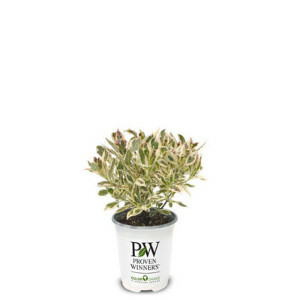
Also Known As:
Quart
Plant Age:
~ 6 months - 1 year
Plant Size:
~ 4"-8"
Pot Size:
~ 4.75"H x 4.5"W
Volume:
1.50 quarts
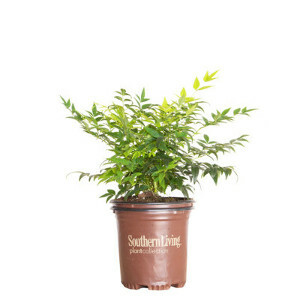
Also Known As:
2.5 Quart Pot
Plant Age:
~ 1 - 2 years old
Plant Size:
~ 8"-12"
Pot Size:
~ 6.5"H x 6.5"W
Volume:
2.20-2.30 quarts
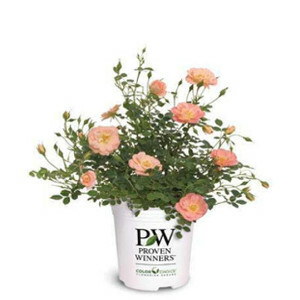
Also Known As:
#1 Container
1 Gallon
Plant Age:
~ 1 - 2 years old
Plant Size:
~ 10"-14"
Pot Size:
~ 7"H x 7.75"W
Volume:
2.26-3.73 quarts
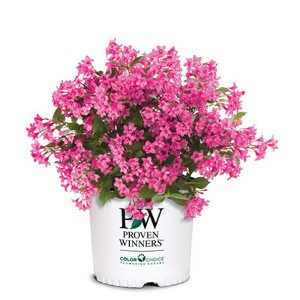
Also Known As:
#2 Container
2 Gallon
Plant Age:
~ 1.5 - 3 years old
Plant Size:
~ 12"-18"
Pot Size:
~ 9.5"H x 9.5"W
Volume:
1.19-1.76 gallons
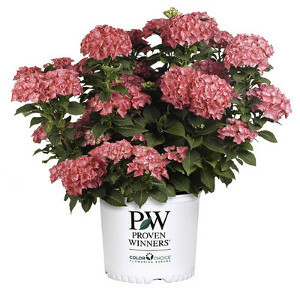
Also Known As:
#3 Container
3 Gallon
Plant Age:
~ 2 - 4 years old
Plant Size:
~ 12"-30"
Pot Size:
~9.5"H x 11"W
Volume:
2.32-2.76 gallons

Also Known As:
#5 Container
5 Gallon
Plant Age:
~3-4 years old
Plant Size:
~ 20" - 60"
Pot Size:
~11" H x 10 1/2” W
Volume:
3.5 - 4 gallons

We stand behind our plants with industry-leading guarantees to give you peace of mind.
We want your plants to arrive in great condition! If you notice any issues upon delivery, contact us within 3 days.
Starting January 1, 2026 all bushes, perennials & trees purchased come with an extended 1-year warranty for added confidence. If your plant dies due to a health issue within a year, we’ll make it right.

Pre-ordered plants are scheduled to ship in Spring 2026. We carefully plan our shipping dates based on your USDA Plant Hardiness Zone to ensure optimal planting conditions upon arrival. Want it sooner/later? Reach out, and we'll try our best to accommodate.
Estimated ship week for pre-ordered plants will ship based on growing zones as shown below.
| Growing Zone | Estimated Ship Week |
|---|---|
| Zone 10 | March 30th |
| Zone 9 | March 30th |
| Zone 8 | April 6th |
| Zone 7 | April 13th |
| Zone 6b | April 20st |
| Zone 6a | April 27th |
| Zone 5b | May 4th |
| Zone 5a | May 11th |
| Zone 4 | May 18th |
| Zone 3 | May 25th |
Note: These are only estimated ship dates. Plants may ship out later depending on weather & growing conditions of the plant.
Note: Only plants indicated as pre-order will ship as shown above. All other plants and hard goods will ship as normal.
Plants that are currently in stock typically ship within 2-7 business days after your order is placed.
Plant Addicts ships to the lower 48 states within the U.S. Unfortunately, we do not currently ship to Alaska, Hawaii, or internationally.
This plant cannot be shipped to the following states: Idaho, AK, HI. These restrictions apply only to this specific plant due to agricultural regulations or other limitations. Other plants may still be available for shipping to these states.
If you have any questions about shipping restrictions, feel free to reach out to our team!

